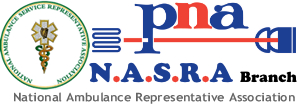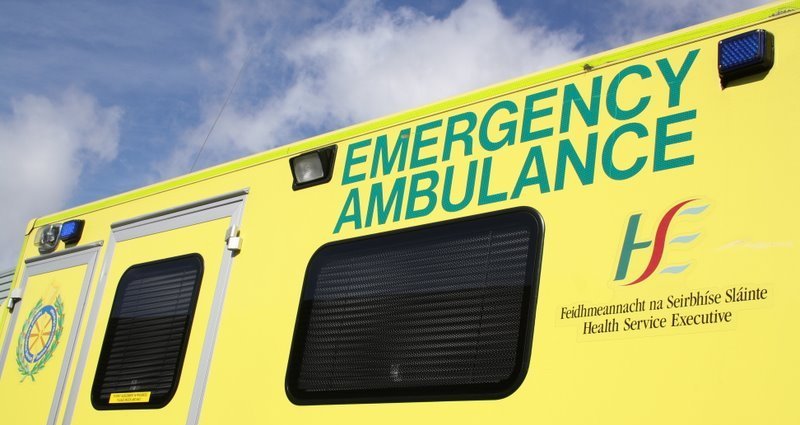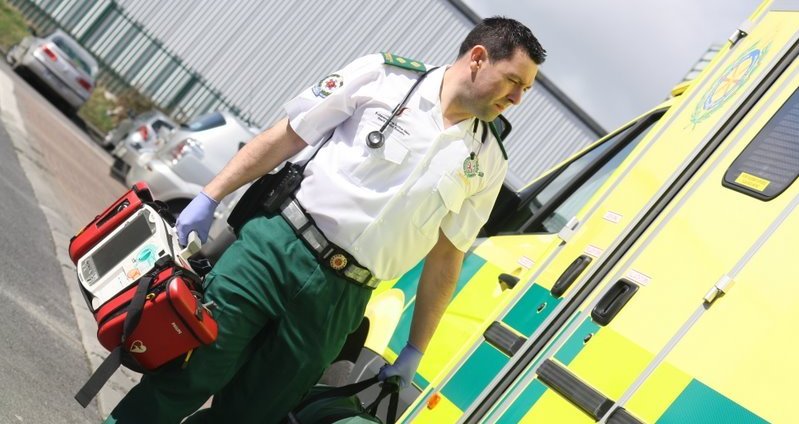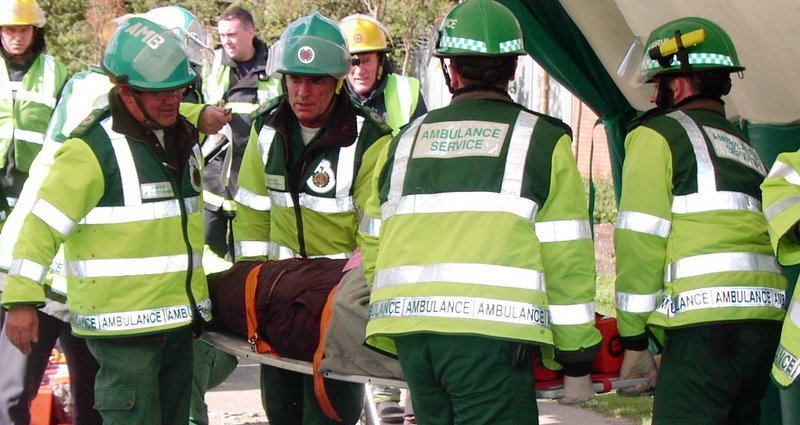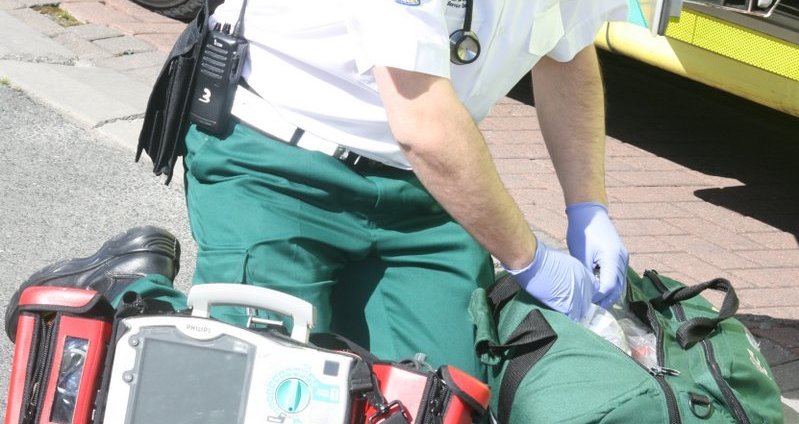While we appreciate that sexual harassment is a difficult subject it must be addressed. HSE staff surveys since 2016 have identified bullying and harassment within the NAS, but they have not addressed the specific question of sexual harassment within the Irish ambulance service.
Several studies in Britain have indicated that sexual harassment within ambulance Trusts is a particular problem. A Freedom of Information (FOI) analysis across all Trusts as part of a survey into sexual harassment by Alison Moore in 2021 found that Trusts had received 221 allegations of sexual misconduct harassment or abuse in an 18-month period between April 2019-Dec 2021.
The research indicated that as many as 84% of cases went unreported, and of the reported cases 27 resulted in dismissal, 44 in other disciplinary sanctions, and 50 were reported to the police service.
Professor Duncan Lewis carried out a report in 2017 into the Southeast Coast Ambulance Trust which found female staff hounded for sexual favours. For example, female staff talked about sexual favours being sought for career progression and the Report found that sexualized behaviour and harassments were embedded in the organization.
Prof. Duncan concluded in the report “I would say I have encountered more of these type of events in the three ambulance organization's I have worked with than in all the other organizations I have studied in 25 years.”
Meanwhile a report by the TUC Everyday Sexism Project in 2016 revealed that.
- 52% of women have experienced sexual harassment at work.
- 63% of women aged 18-24 years have experienced sexual harassment at work.
- 79% of women who experienced sexual harassment at work did not tell their employer.
Among the reasons why staff are reluctant to report sexual harassment is that they are concerned that there is a lack of clarity on whom they should report to. They are also concerned at the lack of confidentially and that if they tell the wrong person it will spread around the service.
They are concerned that the issue will become general knowledge where the incident should have been dealt with in an isolated and private way. There is a fear that their complaints will not be taken seriously, and this undermines the ability of management to deal with reported incidents in a professional manner.
The ambulance service now has a multi-generational workforce that is no longer exclusively male. Behaviour and attitudes that were tolerated, acceptable or ignored in the past are not acceptable today. The ambulance service works twelve-hour shifts in a highly stressed environment and has always had a culture of banter. It is all part of what goes to make a good team working environment. But fundamental to all workplaces and work situations must be respect for colleagues and a respect and understanding of individual personal boundaries and sensitives.
Cultural change should be actioned from the top, however, policies, without action, do not influence behaviour. The best way to address sexual harassment is at ground level. Every individual has a part to play in creating a positive working environment.
The NASRA/ PNA expects that a survey/ report into sexual harassment in the NAS will be commissioned by the HSE considering the levels of bullying already identified within the NAS. HR should include questions in future staff surveys in relation to sexual harassment and put in place a simple confidential reporting system to deal with any sexual harassment issues identified within the National Ambulance Service.

